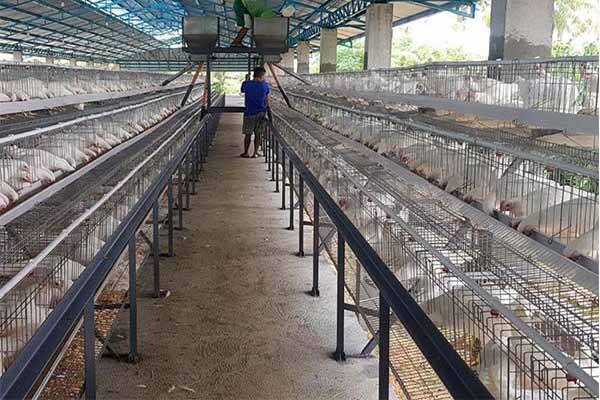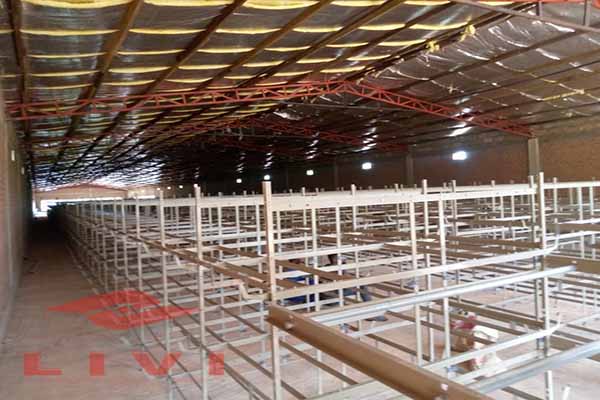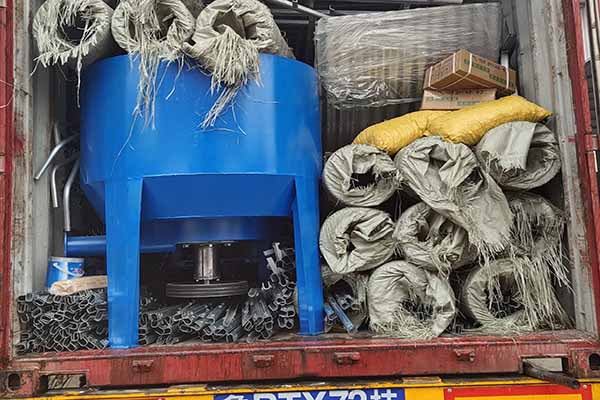Optimizing Feed Utilization in Chicken Farms in Kenya: Strategies to Reduce Feed Waste
Time : 2025-06-29
In the bustling poultry industry of Kenya, the efficiency of feed utilization is a pivotal factor for the sustainability and profitability of chicken farms. As the demand for chicken meat and eggs continues to rise, it’s crucial for farmers to adopt strategies that reduce feed waste and maximize the nutritional value of the feed. This article delves into the latest techniques and expert insights on how to minimize feed waste in chicken farms in Kenya.
Understanding the Importance of Feed Utilization
Feed represents a significant portion of the operational costs in chicken farming. By reducing feed waste, farmers can enhance the financial returns of their operations. Additionally, efficient feed utilization supports animal welfare by ensuring that the birds receive the nutrients they need without excess or waste.
Feed Conversion Ratio (FCR)
The Feed Conversion Ratio is a key performance indicator (KPI) that measures the efficiency of feed utilization. A lower FCR suggests that the feed is being used more effectively. Understanding and improving the FCR is essential for any chicken farm in Kenya looking to reduce feed waste.
Techniques to Reduce Feed Waste in Chicken Farms
1. Implementing Precision Feeding
Precision feeding is a method that provides feed based on the specific nutritional needs of each stage of the chicken’s life cycle. By using weight, age, and performance data, farmers can tailor the feed ration to the birds’ requirements, thus reducing the amount of waste.
Advanced Feeding Systems
Investing in advanced feeding systems such as automated feeders can help in reducing feed waste. These systems can adjust feed quantities based on the birds’ consumption patterns, ensuring that no feed is wasted.
2. Improving Feed Storage Conditions
Inadequate storage conditions can lead to spoilage and feed waste. Proper storage facilities, such as airtight containers and cool storage, can significantly extend the shelf life of feed and minimize waste.
Controlling Moisture and Temperature
Controlling the moisture and temperature in feed storage areas is critical. High humidity can lead to mold growth, while excessive heat can cause nutrient degradation. Regular maintenance and monitoring of storage conditions are essential to reduce feed waste.
3. Regular Inventory Management
Implementing a robust inventory management system ensures that feed is used efficiently. By keeping track of feed purchases, usage, and waste, farmers can identify areas where feed is being wasted and take corrective actions.

Using Inventory Management Software
Utilizing software for inventory management can provide real-time data on feed usage, helping farmers to make informed decisions and prevent overstocking, which often leads to feed waste.
4. Adopting a Balanced Diet
A well-balanced diet ensures that the chickens receive all the necessary nutrients without any excess. Consulting with poultry nutritionists can help in formulating a diet that maximizes feed utilization and reduces waste.

Feed Supplements and Additives
Supplements and additives can improve feed efficiency and reduce waste. For instance, enzyme additives can help in breaking down complex carbohydrates, making them more digestible and less likely to be wasted.
5. Imp lementing Feed Waste Recycling
lementing Feed Waste Recycling
Recycling feed waste can not only reduce costs but also contribute to a sustainable farming practice. Composting feed scraps can be used as organic fertilizer for crops, closing the nutrient loop and minimizing waste.
Biogas Production
Feed waste can also be used to produce biogas through anaerobic digestion. This renewable energy source can be used to power farm operations, further reducing the farm’s environmental footprint.
Conclusion
Reducing feed waste in chicken farms in Kenya is not only a financial imperative but also an environmental responsibility. By implementing the strategies outlined in this article, farmers can improve their feed utilization rates, enhance operational efficiency, and contribute to a more sustainable poultry industry.











